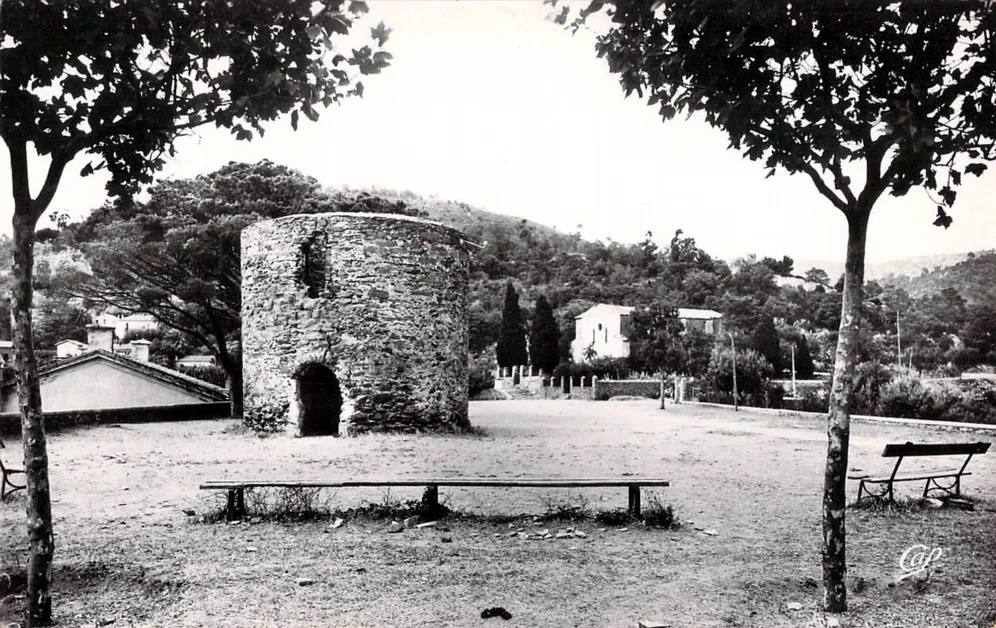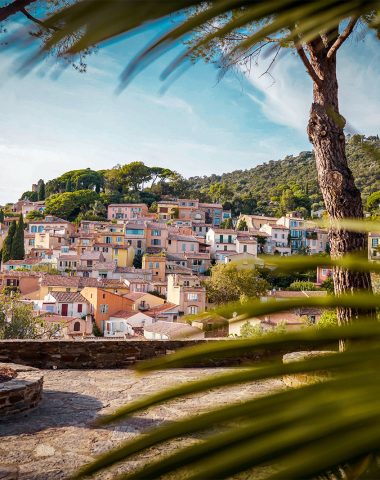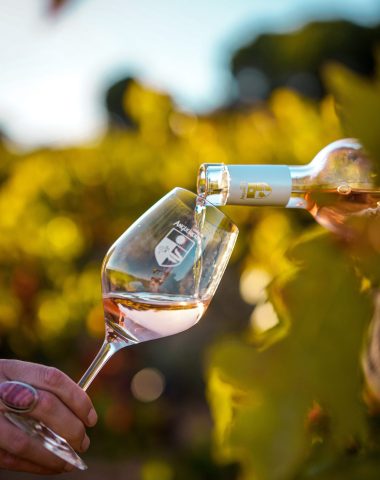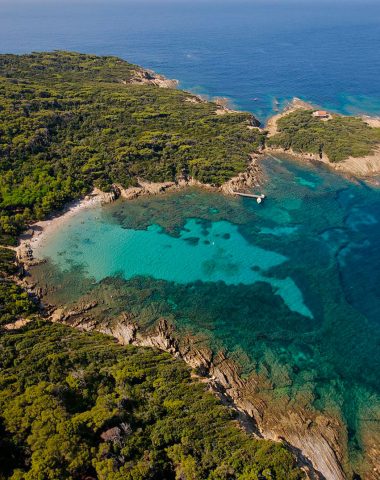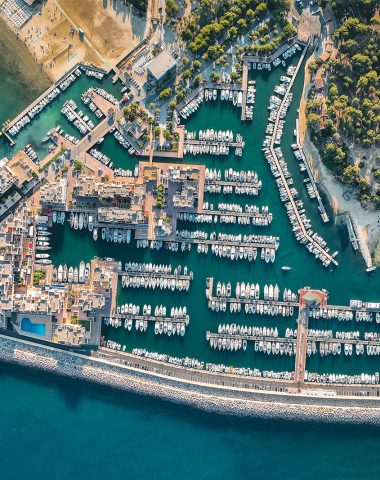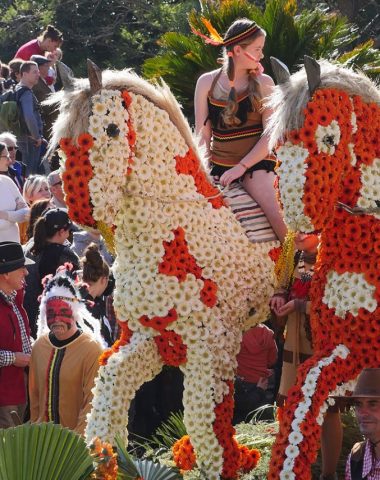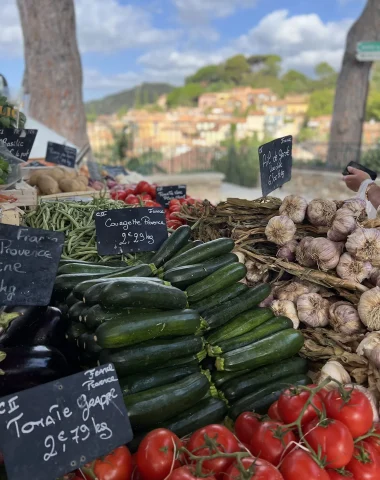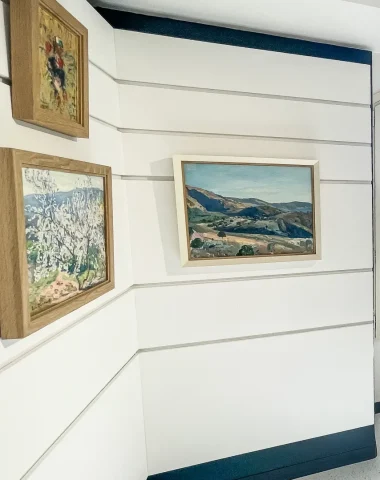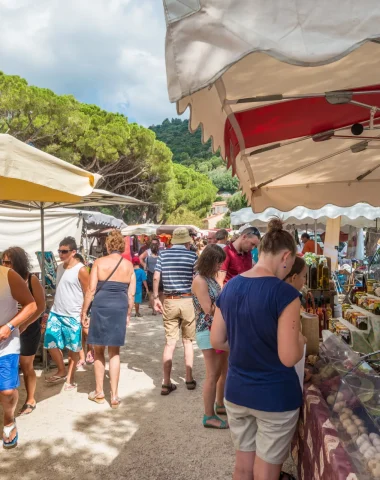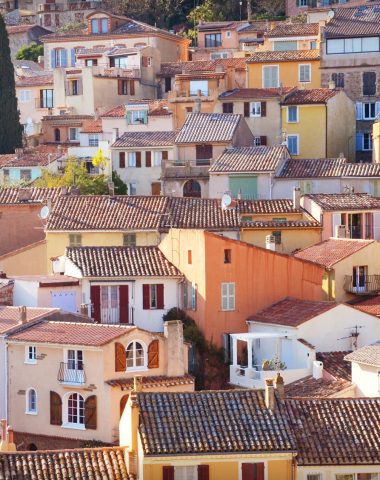The Path of the Sages, a creation of the Council of the Wise of the Bormes les Mimosas town hall, offers a fascinating journey through the city, revealing forgotten monuments and their stories. To enhance your exploration, you can follow this route using the Baludik application, which provides valuable information and guidance..
Saint-François chapel and cemetery
May those who hunger have bread! May those who have bread hunger for justice and love.
This chapel is dedicated to Saint-François de Paule, an Italian hermit called to the bedside of King Louis XI of France in his royal castle in Plessis-lez-Tours in 1483. Rejected in Marseille and Toulon, which were ravaged by the plague, Saint-François sought the hospitality of the people of Bormes. In exchange for this unexpected welcome, he offered his protection to the villagers, preventing the epidemic from crossing the city walls.
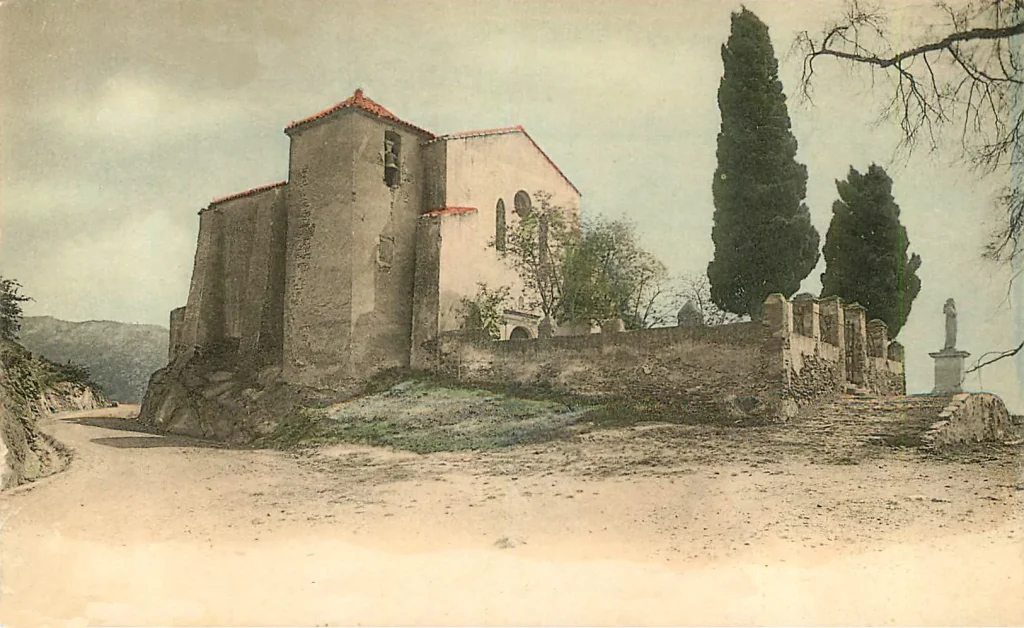
A cistern, an underground cathedral
There is no happiness without Liberty, and Liberty without courage.
For centuries, the village was supplied with drinking water by wells and fountains. Following population growth and years of drought, the municipality decided to build up an ever-available reserve. In 1875, this cistern, a veritable stone cathedral, was put into service. Beneath the village, it stores 1500m3 of water, mainly supplied by the Landon hills spring. It is still in use today.
The former village post office
The main scourge of humanity is not ignorance, but the refusal to know.
Until the 18th century, the rare letters sent were paid directly to the letter carrier, then known as a “pedestrian.” In November 1769, the town council voted to create a post office. A simple box where letters were kept while awaiting the weekly visit of the “piéton.” Over the decades, the post office evolved to keep pace with the population. In 1978, Norbert Segard, Minister of Posts and Telecommunications, inaugurated the office in the bazaar district.
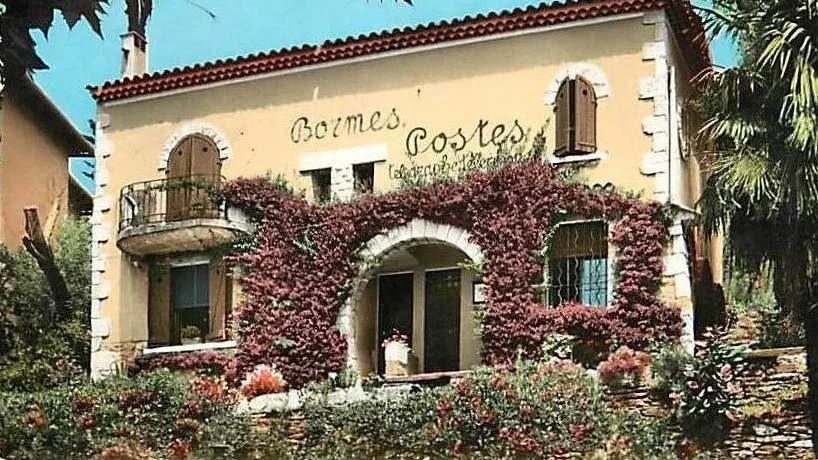
The Bandstand
Make your life a dream, and a dream a reality.
In 1909, the “Renaissance” musical group was created in the village. By 1920, more than thirty musicians had joined the group. In 1948, the members of the Renaissance asked the town council to create a space dedicated to musical performances. This request was accepted, and the town installed the rotunda on the roof terrace of the small bus office of the PLM line (Paris – Lyon – Marseille), ideally placed on the village’s main thoroughfare.
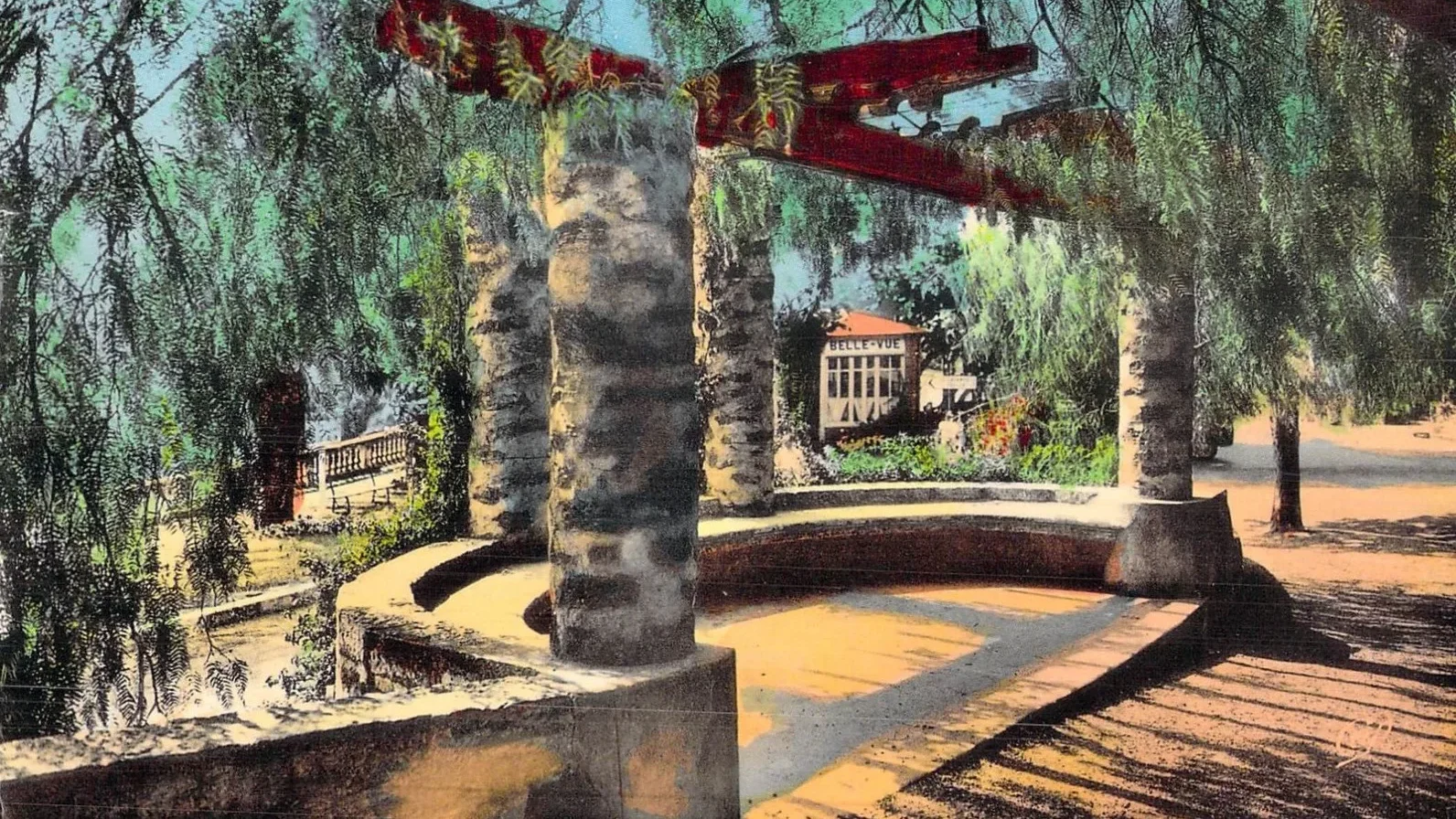
Gambetta Square, the heart of the village
Victory over oneself is the greatest of victories.
The origins of Gambetta Square can be traced back to around 1760 when it was hewn out of the schist hill. This central point became the convergence of various access roads, serving as the epicenter of village life. During the lively five-day Pentecost festival in May, the square undergoes a remarkable transformation, becoming a verdant oasis reminiscent of a “green room.” The dedicated municipal employees adorn it with a lush curtain of Aleppo pines, and tricolored flags flutter high on their masts. The square becomes a stage where people gather to dance on the specially installed floor, even under the cover of night, illuminated by enchanting garlands of twinkling light bulbs. Tangos, waltzes, and javas sweep across the square, filling the air with joyous melodies, offering a respite from the toil of daily life in the fields and a moment of lightness and carefree indulgence.
The Bar du Progrès, a local establishment, holds deeper significance beyond being a watering hole. It serves as a political meeting place, where assemblies are convened and discussions take place. The spacious room can comfortably accommodate over a hundred participants and aspiring voters. Serious matters are debated with great earnestness, often sparking lively exchanges, particularly when it comes to the topic of hunting, igniting passionate arguments. In the 1940s, the bar’s owner transformed it into the primary hub for the distribution of newspapers, becoming the main press depot in the village.
Hôtel Bellevue, a renowned establishment, gained fame in 1925 when it was immortalized in a novel by Luc Durtain, a former doctor-turned-novelist. In his work, the hotel was described as Hôtel Beausite. Even before its literary recognition, the hotel already held significance as the finish line for the prestigious “Course de côte de Bormes,” an exhilarating automobile race that commenced in 1908. The hotel served as a focal point, attracting enthusiasts and spectators who reveled in the thrill and excitement of the event.
Gambetta Square, pulsating with life and exuding the rich tapestry of local traditions, stands as a vibrant hub within the village. Its pétanque games, musical concerts, and festive celebrations create a tapestry of joy, bringing the community together and creating cherished memories that endure through the generations.
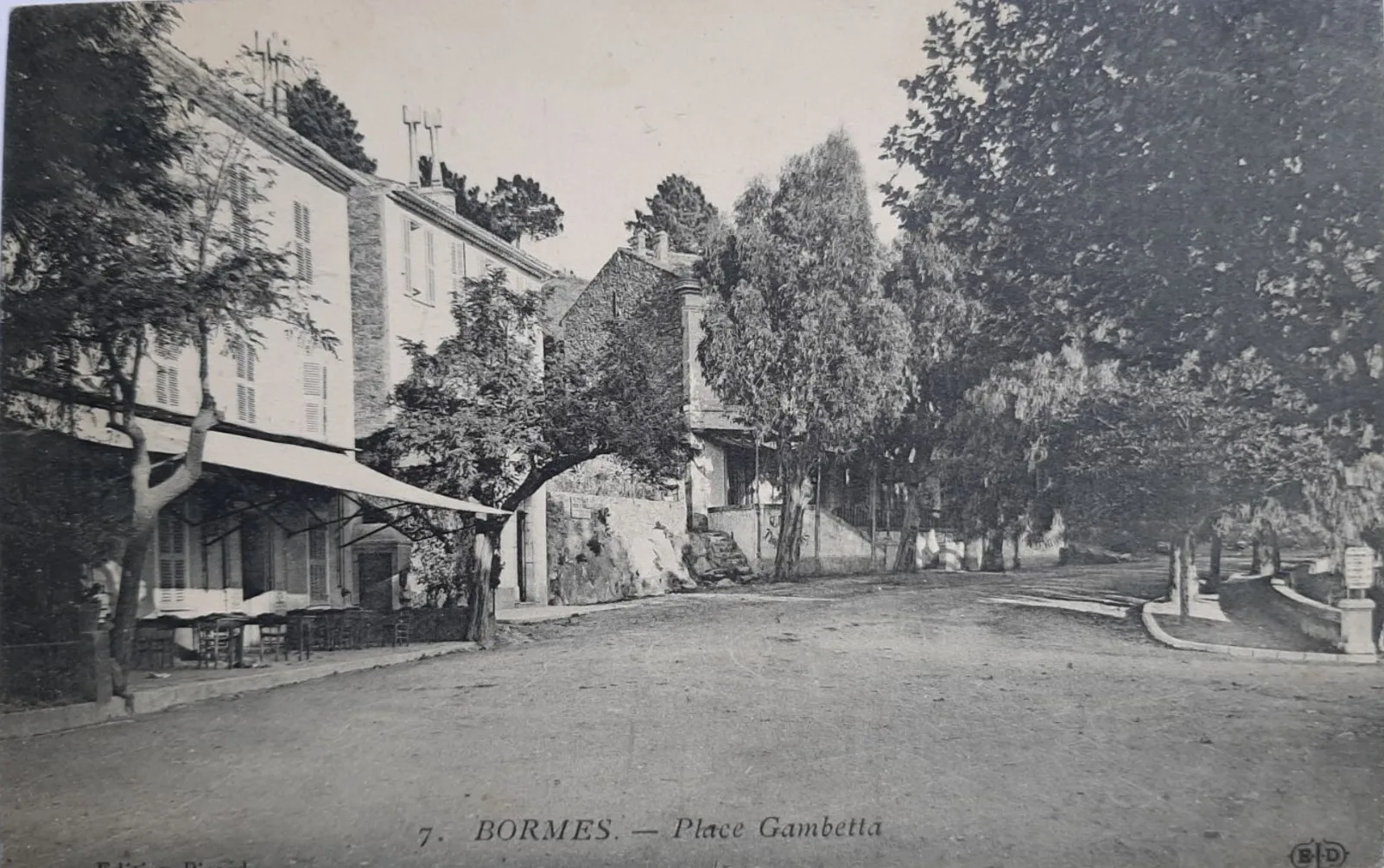
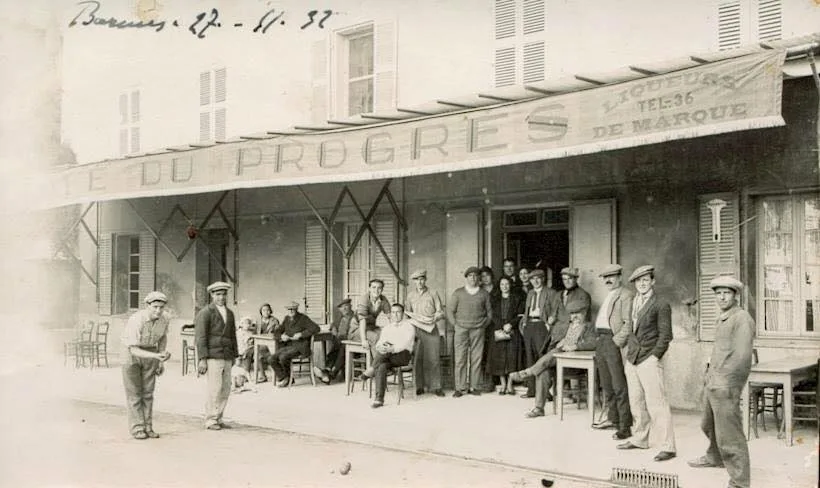
Le pous d’Amoun (Well of Love) et la Draille des Bredouilles
You can also build something beautiful with the stones that stand in the way.
The existence of la draille des bredouilles is already mentioned in the cadastre napoléonien of 1826. This small path, hidden from view, was used by hunters returning empty-handed to avoid the mockery of the villagers while crossing the square. At the end of the path, the “pous d’amoun” – upstream well, which has its counterpart at the bottom of the village, the “pous d’avau” – was said to have been dug in the early 18th century. During periods of severe drought, it was guarded, and the distribution of water was rationed.
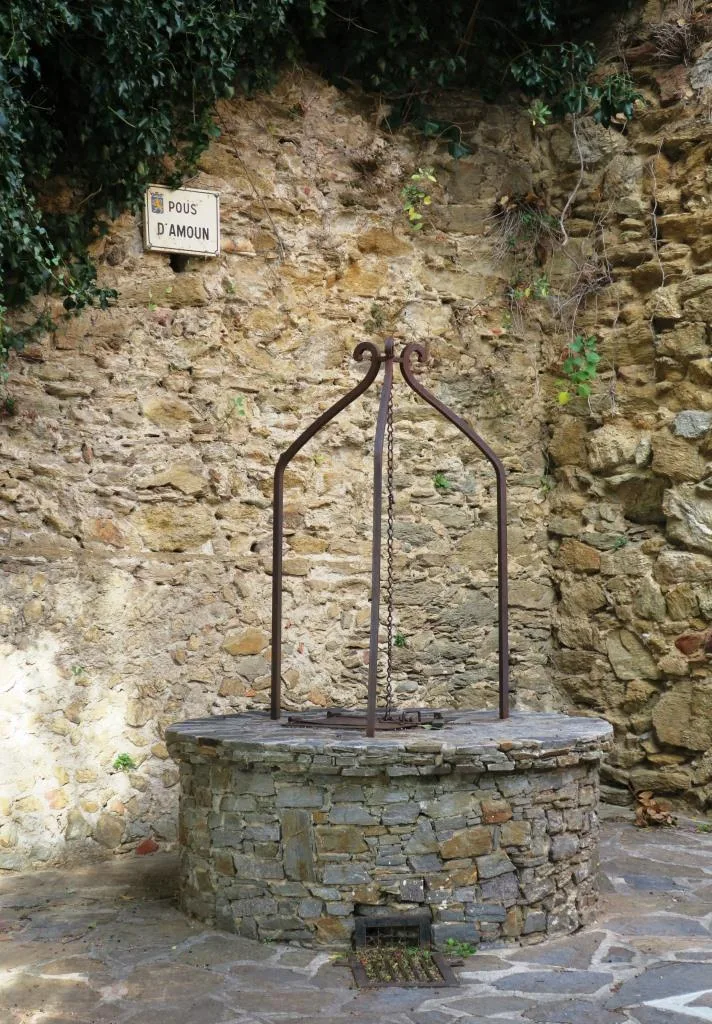
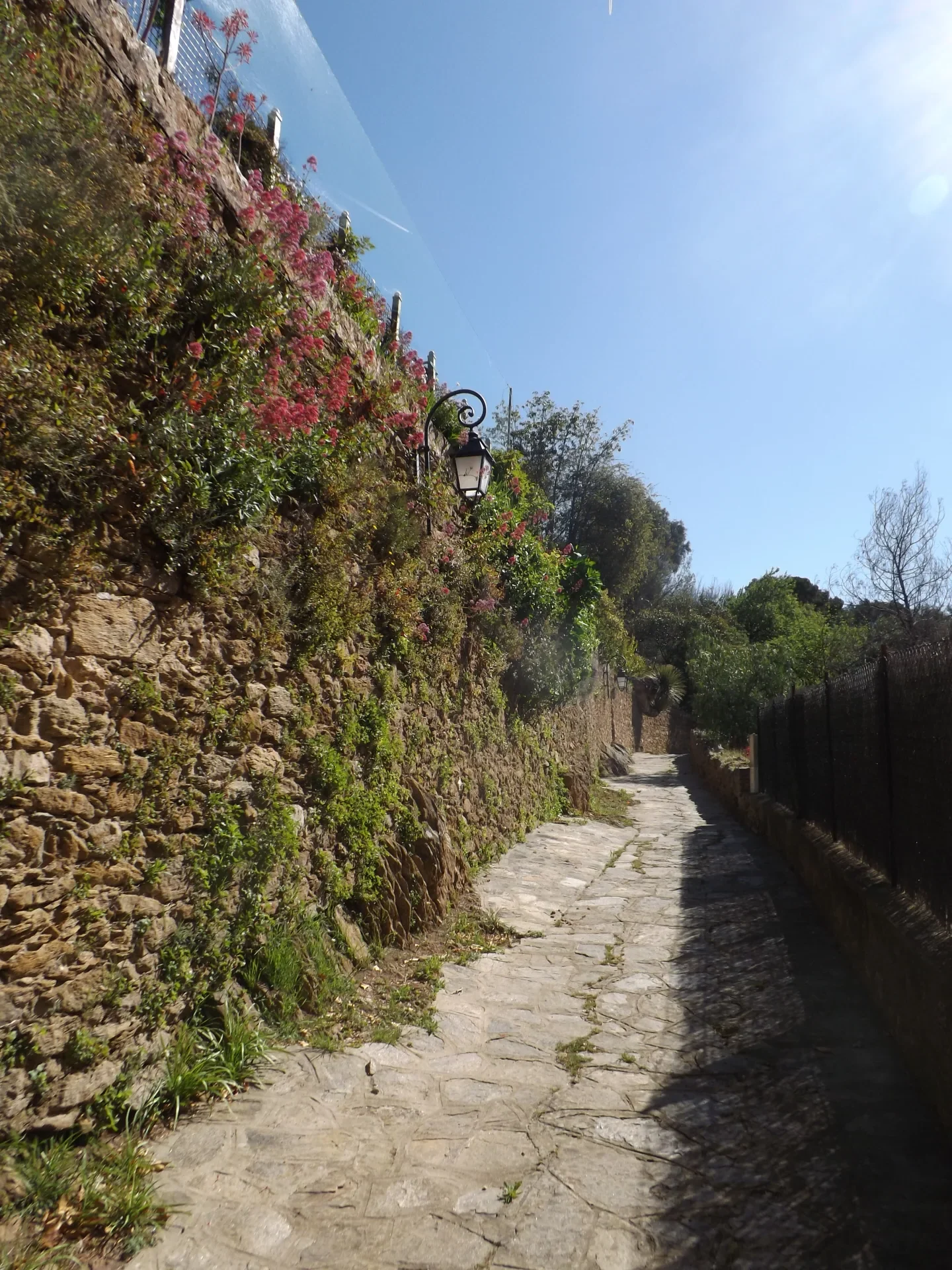
The château of the Lords of Fos and its chapel
We must have no regrets for the past, no remorse for the present and unshakeable confidence for the future.
The site of the castle and the small adjoining chapel has left traces of occupation since 1257, with the installation of the first lord, Roger de Fos. Twenty-six lords from three different houses (Fos, Grasse, and Marignane) succeeded each other until the French Revolution. In 1654, the castle became a convent until it was auctioned off in 1791. It was purchased for 100 francs by Donat Crest, a revolutionary “sans culotte,” and then by various private owners. Writings mention a chapel of Saint-Trophyme within the castle grounds since the late 12th century. After more than five centuries of service, the small chapel, practically in ruins, was too small to accommodate the ever-growing number of worshipers. The municipal council decided to construct a new church.
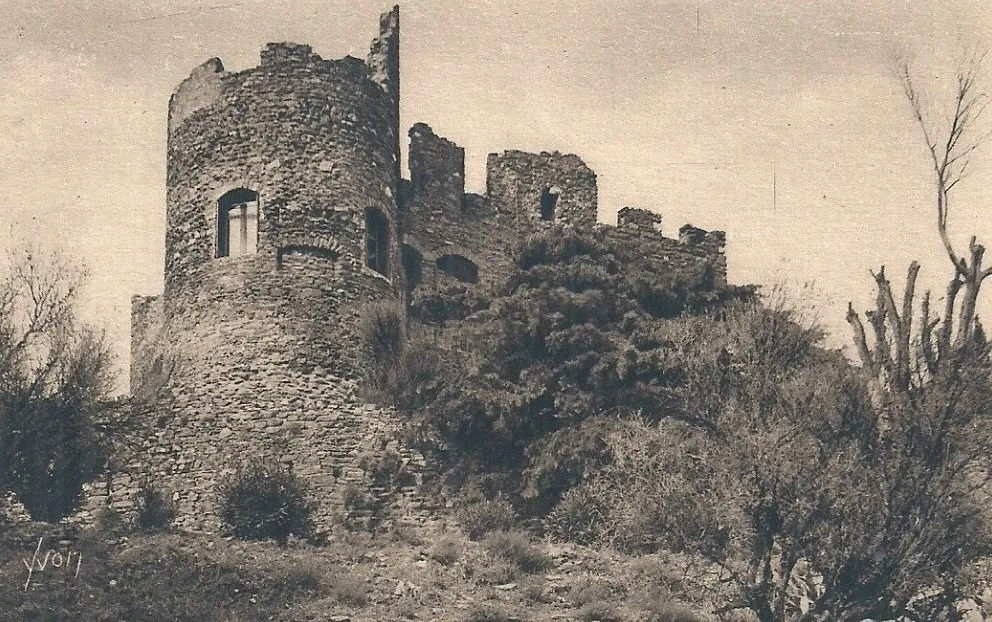
The Grand Hotel
The Earth is my homeland, and humanity my family.
Originally, the property of the Pavillon was located below the current “Grand Hôtel.” It would later become “l’hôtel du Pavillon,” and its owner, Armand Murat, recognized its potential during a period of luxury tourism development, following the visit of Queen Victoria of England to Hyères. Around 1903-1906, he had “le Grand Hôtel du Pavillon” constructed – a name later shortened to Grand Hôtel – with the hôtel du Pavillon becoming an annex known as the “Pavillon de l’orangerie.” In 1913, Bormes became one of the first municipalities in France to be classified as a “Station climatique” (climatic health resort).
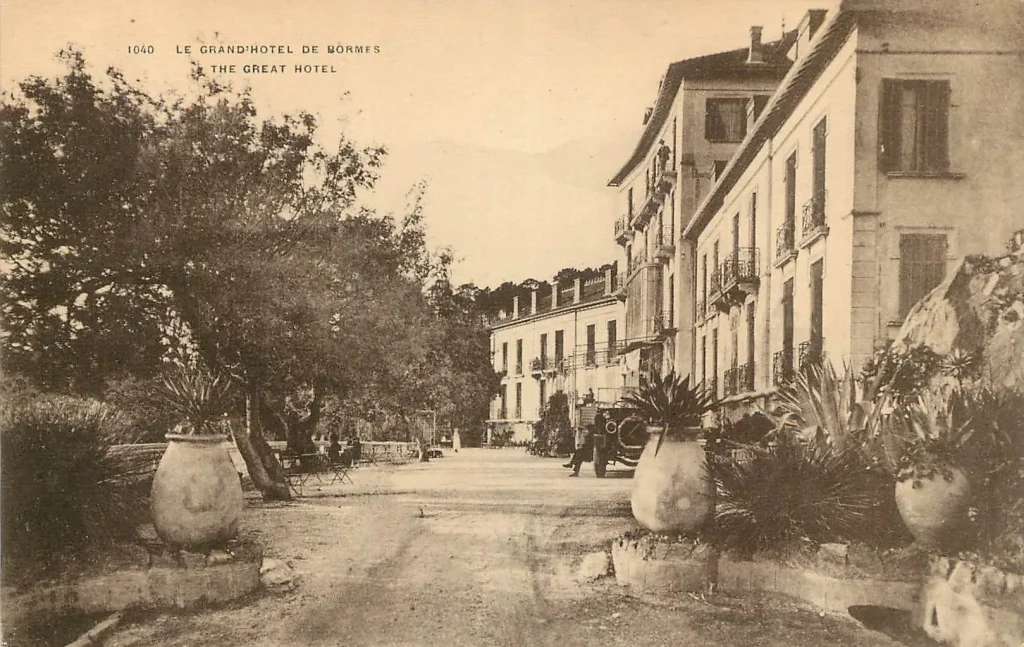
The remains of the ramparts
Mistakes can't be regretted, they have to be accepted, and fear can't be run away from, it has to be overcome.
For centuries, thousands of Provençals were abducted and sold like mere commodities. Exposed to too many risks, the inhabitants of the Bormean coast settled in higher areas around the 9th century. Between 1167 and 1196, a protective enclosure, measuring six to eight meters in height and 1.30 meters thick, was constructed using the surrounding shale quarries. Some remnants of this enclosure still exist in various parts of the village, primarily near the northern outskirts of Rue Carnot. In front of the St-Trophyme church, a six-meter-high wall segment still preserves the stones that once formed an auxiliary entrance.
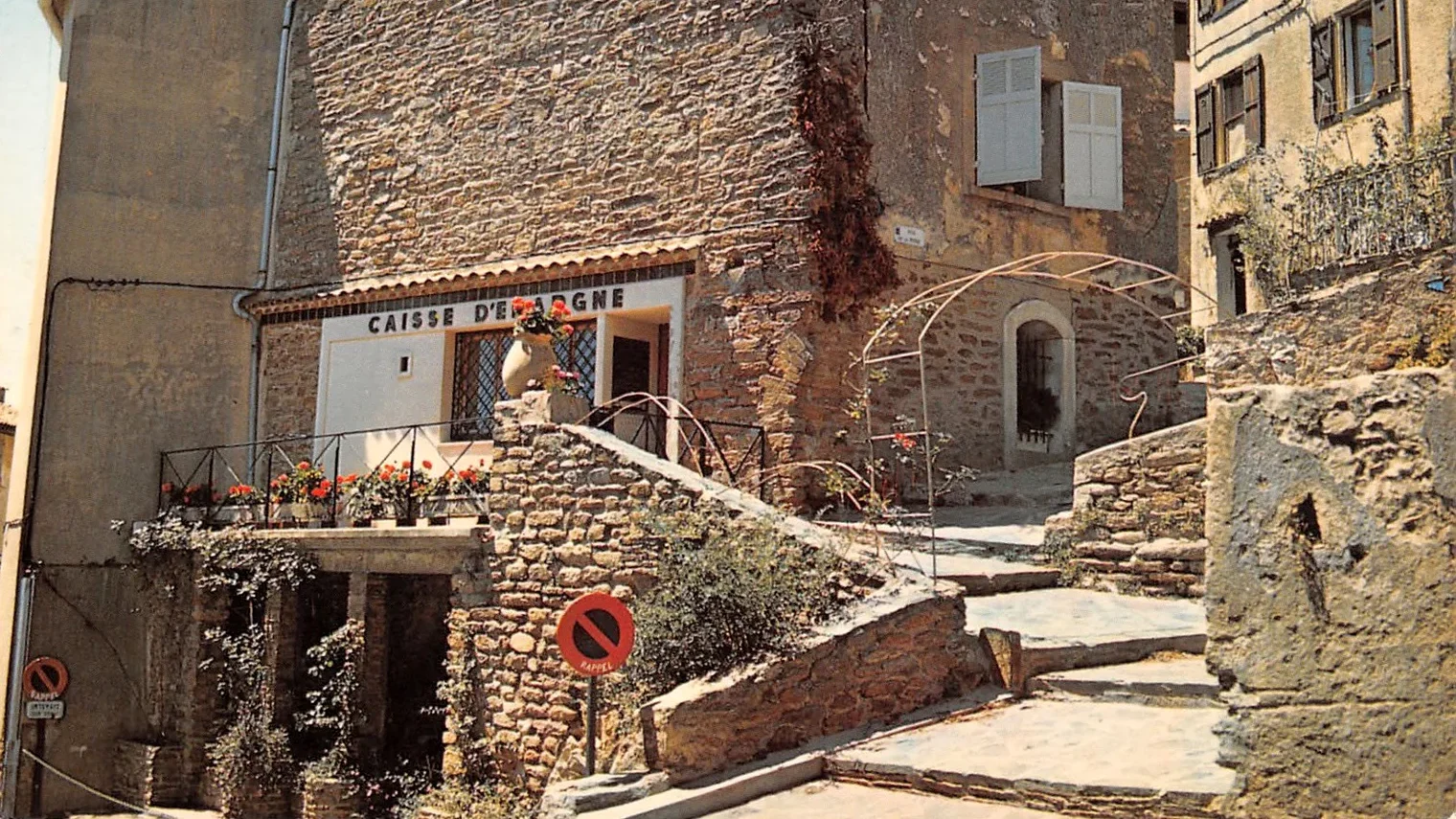
Saint-Trophyme church
Loneliness and the feeling of not being wanted are the greatest forms of poverty.
The chapel of the castle of the lords of Fos, which had become too small due to the population growth, prompted the commune to decide, in 1771, to build a new church that could accommodate up to 1600 faithful. The first stone was blessed on July 10, 1775, at 7 o’clock in the morning, by Father Baude. After ten years of construction, punctuated by construction delays due to defects, the first service was celebrated on January 12, 1783. Over the years, various consolidation and preservation works were carried out. In 1998, workers discovered that plaster was hiding the original frescoes in the choir, dating back to the construction of the church in the 18th century, representing “God the Father blessing,” with a dove as the keystone, and draperies on either side of the altar.
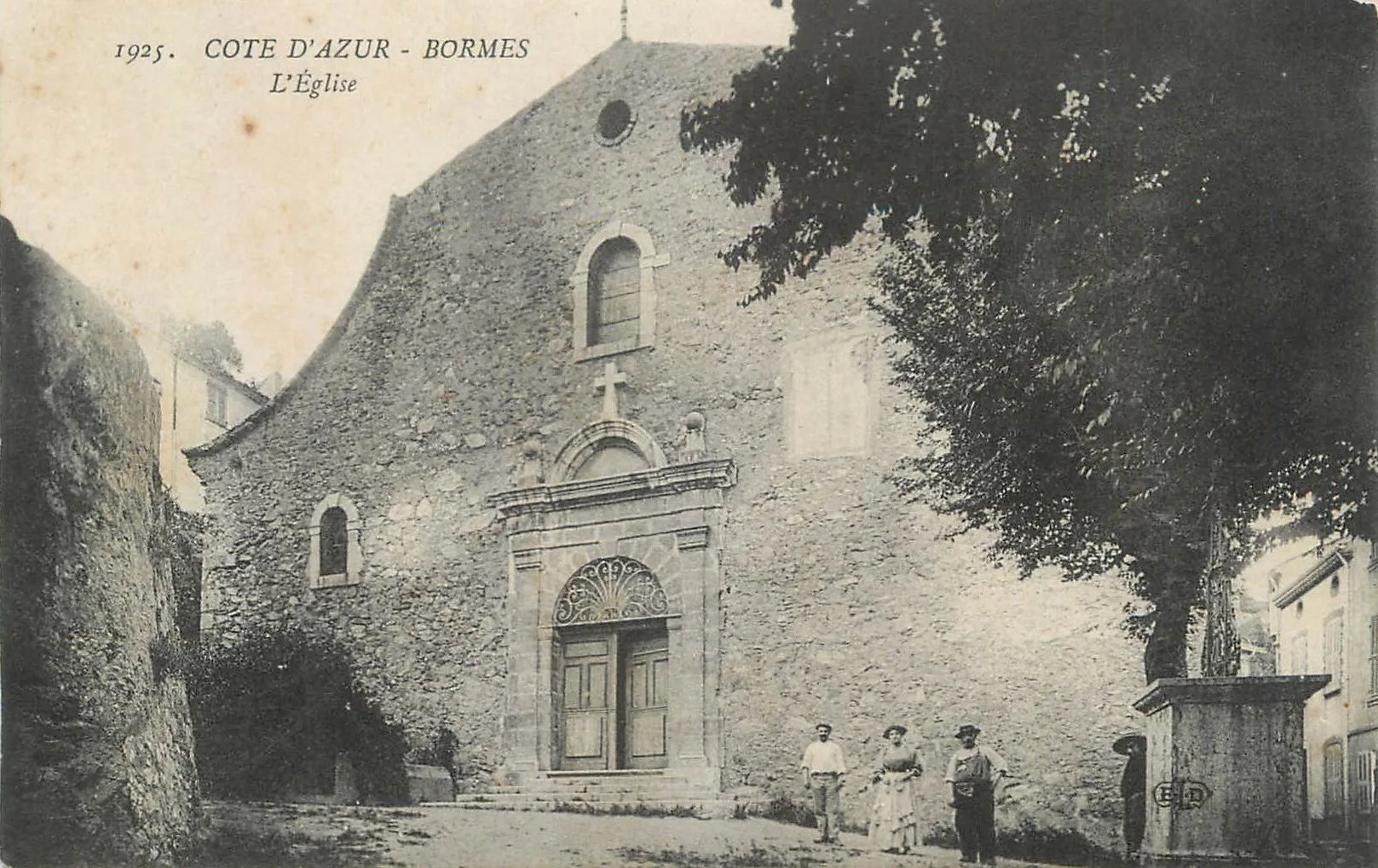
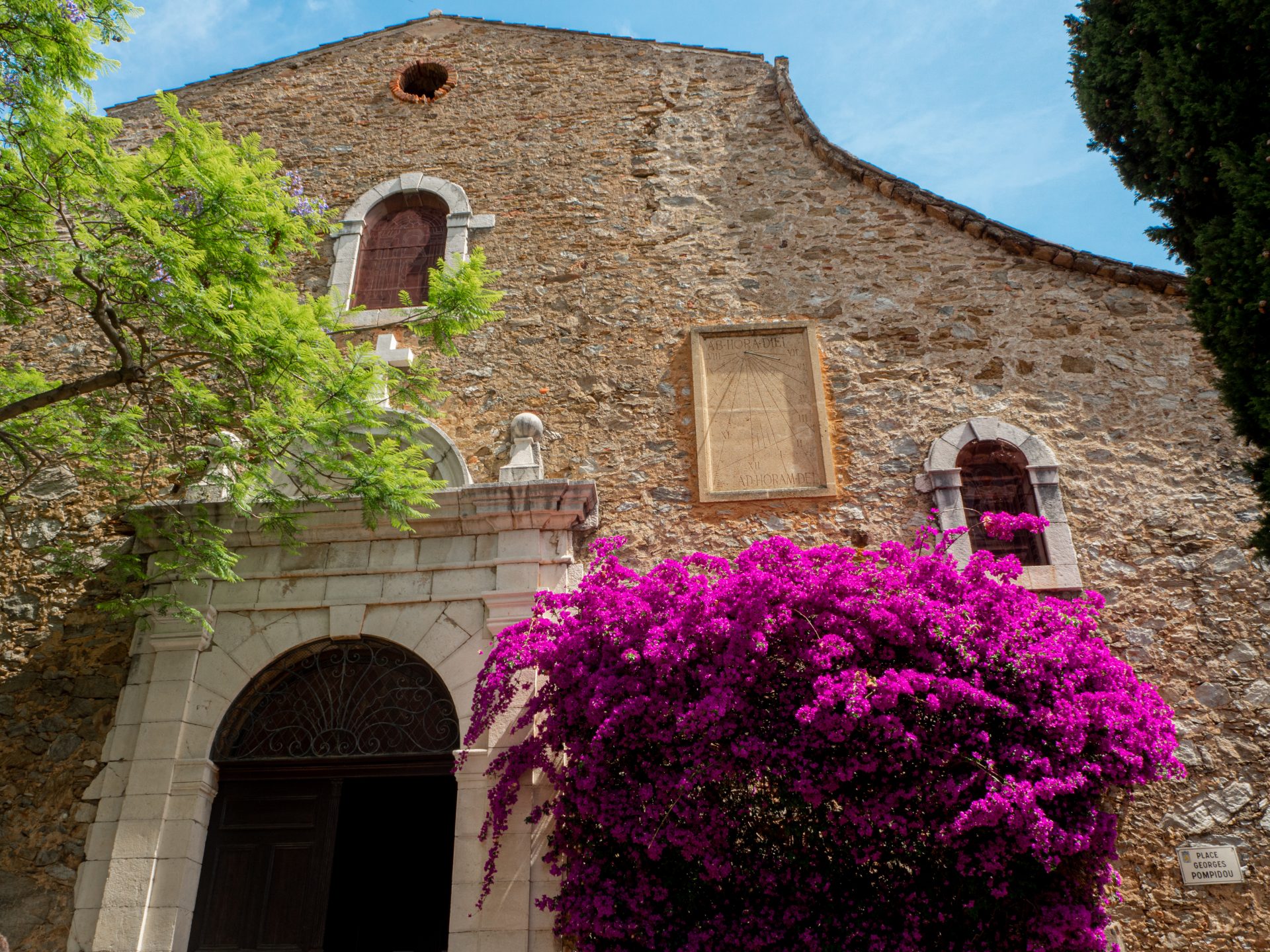
Lou Portaou and the alleways of the Middle Ages
He who travels without meeting the other, doesn't travel! He's on the move.
In Provencal, “Lou Portaou” refers to the main entrance. It was wide enough to allow the passage of a carriage or a mounted man, providing access to the village via a ramp, just as it does today. During the time of the lords, it was guarded during periods of epidemics such as the plague. From this entrance, visitors could access the narrow streets of the village, whose primary purpose was to “break” the mistral, the prevailing wind, and also to slow down the advance of a potential invader.
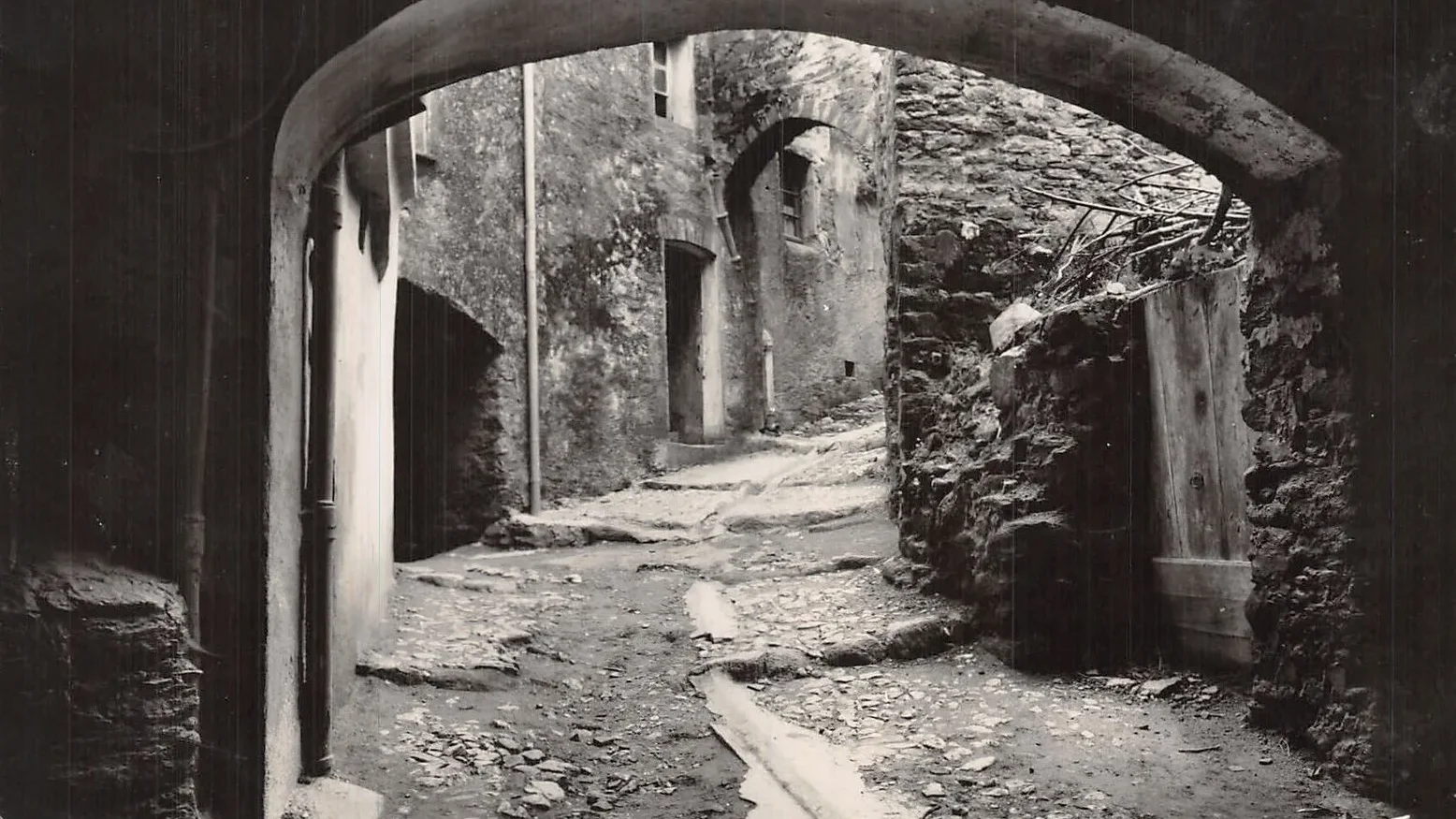
The Verne well and mill
In life, nothing is to be feared, everything is to be understood.
The puits de la Rescapade, also known as the puits de la Verne, is located at the foot of the 12th-century wall remnants that once protected the village from invasions and various epidemics. This well is believed to date back to the early 18th century and enjoyed an ideal location. It provided direct access to the first plots of olive trees cultivated below the village, organized in terraces known as “restanques” in Provençal, and a small olive mill allowed for the optimization of olive oil production.
The museum and its past lives
The more enlightened people are, the freer they will be.
The museum is located in one of the oldest Bormean houses, built in the mid-17th century on “des fours” street, the first existing street outside the city walls. Over time, it served as a residence, a boys’ school, a prison, a town hall, and a courthouse… The building fulfilled these functions until 1892, when the new town hall-school was inaugurated. Due to the deteriorating condition of the building, there was a proposal for its demolition. Over the years, it changed hands and had various private owners, including a farmer, a grocer, an entomologist, an antique dealer… It was in 1978 that the city, under the leadership of Mayor Henri Delon, purchased the building to establish its museum, which was founded in 1926.
The Korrigane Inn and the Rue des Fours
The best way to achieve happiness is to spread it around you.
Tour à tour (alternately) a pension de famille (boarding house), restaurant, hôtel, or auberge de jeunesse (youth hostel), this place, with its unique name, represented a significant part of the local economy. It is unknown why the establishment is called “La Korrigane” (the feminine form of Korrigan, a mischievous little sprite from Breton legends). Its entrance door with serpentine surroundings (stone from the nearby Môle quarry) indicates its year of construction: 1577. It is located in the lower part of the village, developed from the 16th century, outside the protective walls.
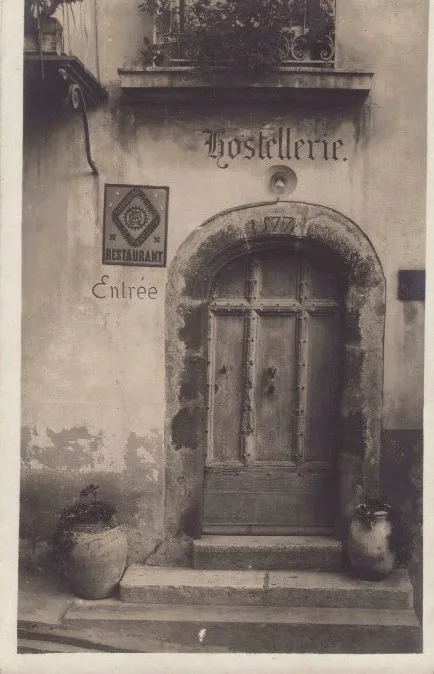
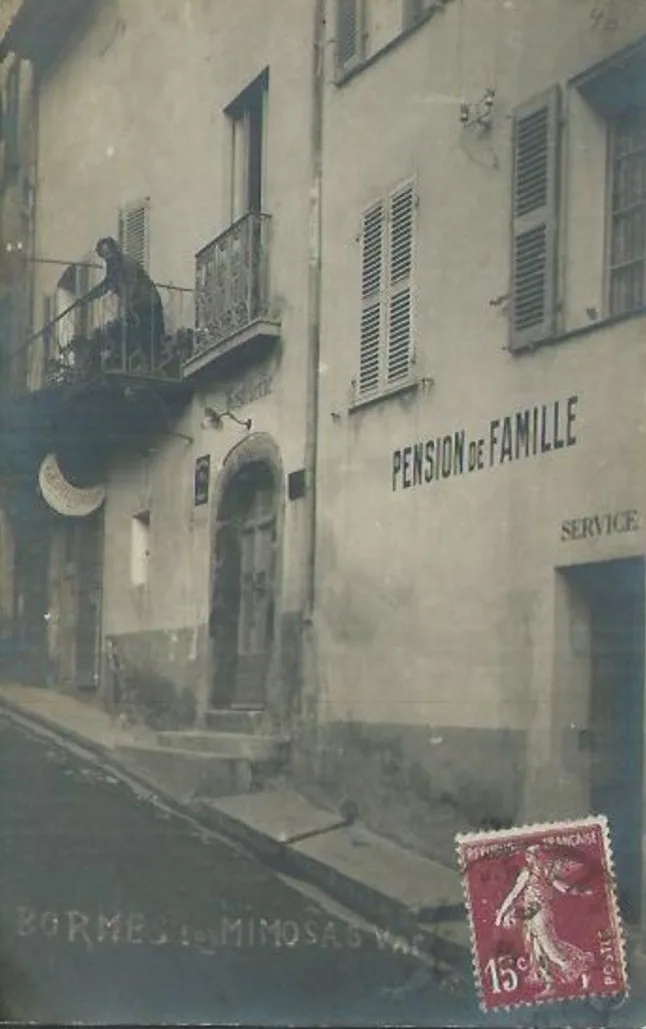
The clock tower
The friends of Truth are those who seek it, not those who boast of having found it.
The tour de l’horloge (clock tower) was constructed within the very walls of the village in 1789. At that time, the city walls were already in very poor condition, with entire sections removed, and their stones were used for the construction of other structures. This was certainly the case for the clock tower. It is the only chiming clock in the village, and the hours are announced by a bell whose sound can be heard for several kilometers, thus punctuating the lives of the residents and the laborers in the fields.
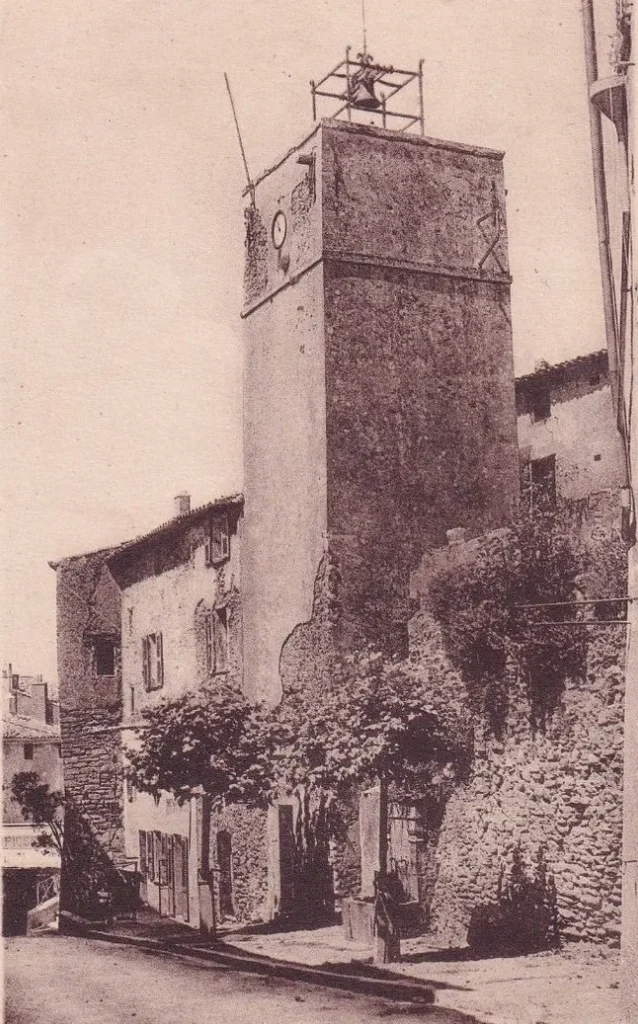
The cubert at Chapon Square
Being happy doesn't mean that everything is perfect, but that you've decided to look beyond the imperfections.
A cubert is a covered passage between two buildings. A haven of coolness in the evening, it is a place of conviviality and meetings. The one on Rue du Corsaire Mourdeille leads to Place Adolphe Chapon, built on the site of an old olive mill. After a dry and difficult summer, the municipality decided, in 1757, to build a fountain that would be supplied by the “source de Gioffré.” As a true central element of the neighborhood, this fountain organized the life of a very lively area with many families until the late 1970s.
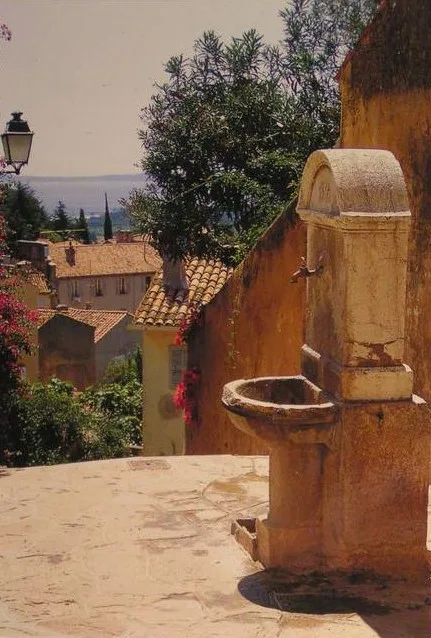
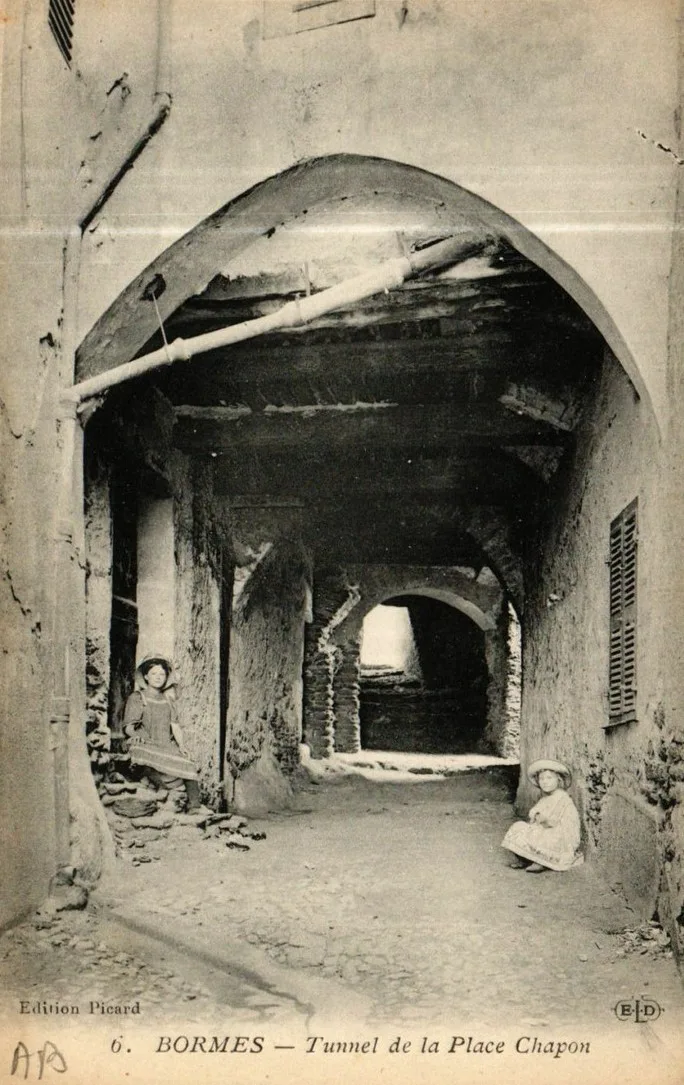
From olive to oil
Plus grand est l’obstacle, plus grande est la gloire de le surmonter
In 1825, as the population grew, so did the need for olive oil for food, for filling “calen” (Provencal oil lamps), and for making soap. Oil was essential to the villagers’ daily lives. The mill, ideally located close to the first restanques planted with olive trees, saved the miller precious time. Two of the mill’s “chapels,” the upper parts of the system, are still visible. You can imagine the rest of the system consisting of a grooved slab collecting the oil, located one meter lower than today’s level. Near this press, a donkey powered a stone millstone to crush the freshly harvested olives. The First World War brought the majority of oil mills to a halt, due to a lack of manpower to cultivate and run the buildings.
The former Saint-André hospital
Sometimes healing, often relieving, always listening.
In 1439, the “bon roi René” (good King René), Comte de Provence (Count of Provence) and Duc d’Anjou (Duke of Anjou), orders the installation of an hôpital (hospital) in Bormes. While it was supposed to be constructed with the funds of the villagers, it ultimately took two centuries for it to open its doors thanks to Sieur Pouverin. Managed by an ordre religieux (religious order) with a social character, the Pénitents Blancs (White Penitents), it provided care for the necessiteux (needy) and the indigents (destitute). However, it also served as an hospice, welcoming patients who were not from the village, as well as matelots (sailors), pêcheurs étrangers (foreign fishermen), soldats de passage (passing soldiers), or ouvriers (laborers) for one or more nights. This chapelle-hôpital (chapel-hospital) also housed a salle d’école (schoolroom) in 1846, and offices religieux (religious services) were held there.
One of the five oil mills
Be the change you want to see in the world.
Put into service in August 1808, this mill has the particularity of being a “chapelle” (chapel) press. It consists of three wooden screw presses, housed in three chapels whose names evoke a similar structure to a religious building with a nave, a transept, and a rounded apse. Located near the main entrance at the time, it also benefits from its own interior well. On the front door, a high-quality illustration depicting the interior chapels was probably used for advertising purposes to signal its presence and convey an image of quality. Its operation ceased in the early 1900s, most likely with the arrival of World War I.
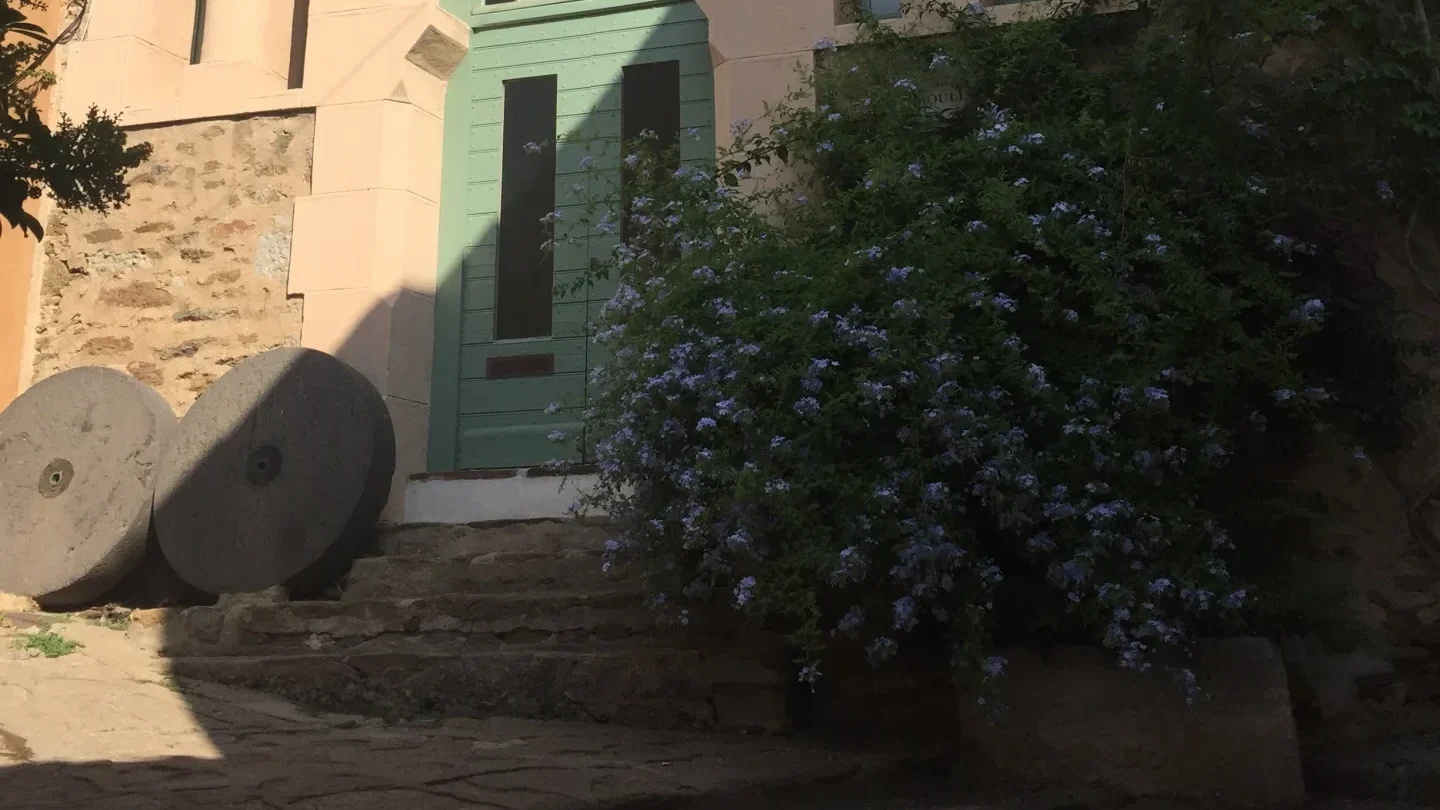
The Casino of Liberty and the cinema
Doubt is the beginning of wisdom.
At the beginning of the 20th century, France emerged from a deadly war and was now grappling with a global epidemic, the Spanish flu. During this period, the people of Bormes needed to come together, cultivate a taste for celebration, and thus reconnect with happiness. A hall was available to host these festivities: the Casino de la liberté (Casino of Freedom). This spacious hall, measuring 10 meters by 15, with a wooden floor, hosted dances and concerts. It became the essential venue for Sundays, the only day of weekly rest. In 1928, the ballroom was transformed into a cinema under the impetus of the Carmagnole couple. The film “Maurin des Maures,” shot in 1934 in the nearby hills, was screened there.
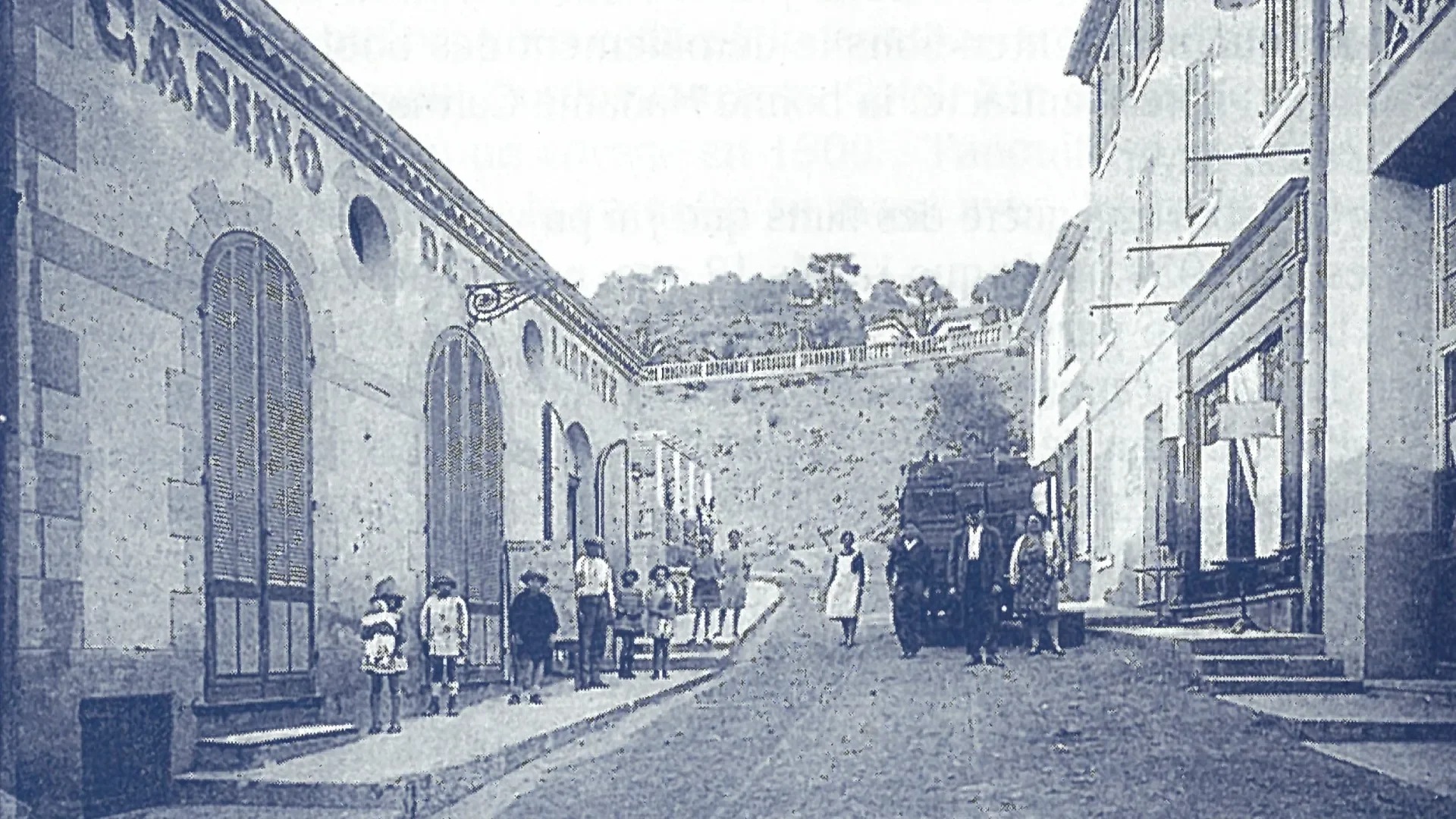
The Marin corkery
I've learned that courage is not the absence of fear, but the ability to overcome it.
In the middle of the 19th century, activities related to viticulture and sea fishing experienced significant growth in the economic life of Bormes. There was a need to cork all those bottles and manufacture a large quantity of floats for fishing nets. What could be better than a material abundantly available in our forests: cork oak bark. It perfectly met the needs of the people. At the beginning of the 20th century, there were still three cork factories in Bormes, although their activity was much less than in the previous century. On March 25, 1937, the Marin cork factory saw its last three machines sold to the highest bidder, under the hammer blows of the bailiff Blanc.
The Saint-Sébastien chapel
What if, by loving, we triggered love, for example?
If the year of its foundation is unknown, its positioning outside the protective walls is not insignificant. In Provence, a Saint-Sébastien chapel is often installed at the entrance of the village as the last stopping point for a visitor who may be carrying disease or trouble. In 1575, a confraternity of Pénitents blancs made it their main headquarters before moving to the new chapel of St-François de Paule in 1653. Deserted, it gradually deteriorates. During the major plague epidemic of 1720, guards placed a wooden barricade against its wall. It is the southern entrance to the village, the one that leads to the plain of the donkeys, the small square where mules are parked, near the well. In 1722, some masses are still celebrated there. The rounded part of the apse is still visible today. Long used by a blacksmith, a farrier, the place now houses a private residence.
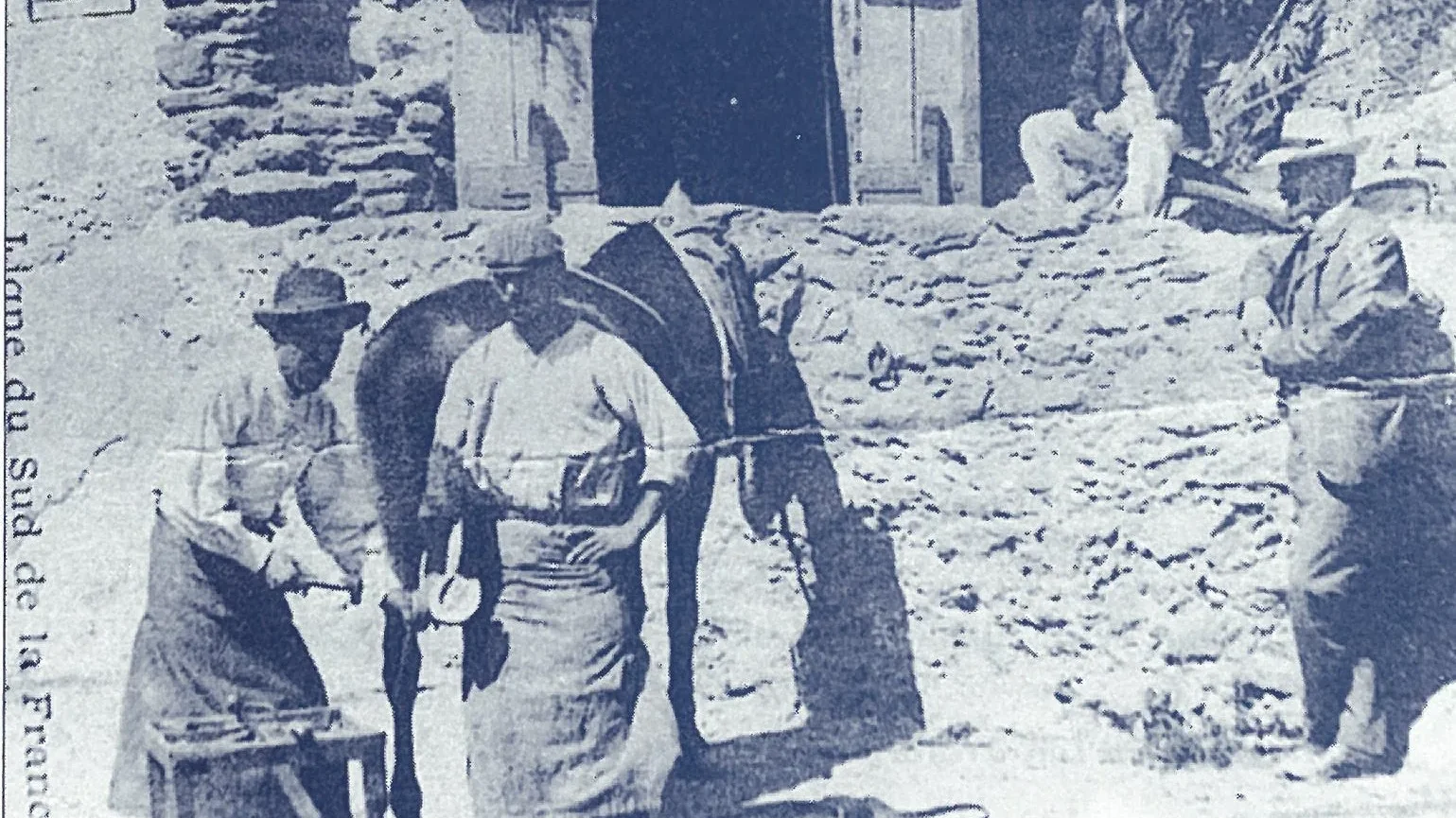
The Jacob House and Cigalou Park
This beginning of fraternity is called tolerance.
The history of the Parc du Cigalou is closely tied to its successive owners. Among the most notable are:
- Alfred Courmes, a renowned painter born in Bormes.
- Mme Goulin, a Parisian opera singer.
- Mmes Germaine Delafon-Jacob and Madeleine Saupique, daughter and granddaughter of Jules Emile Eugène Jacob, the illustrious founder of the globally renowned faience company.
Germaine tirelessly planted numerous exotic trees, many of which are still present in the park today. After World War II, the property was transformed into a hotel called “l’hôtel du Cigalou.” It was later purchased by the municipality in 1979 with the commitment to dedicate it to the public.
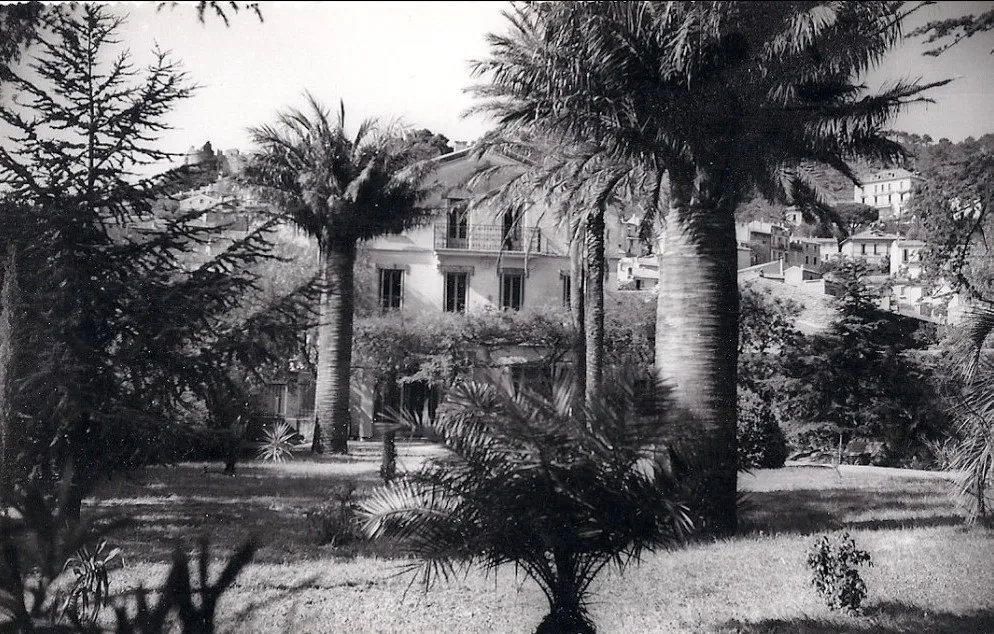
Buildings of the French Republic
Men are born free and equal in rights.
Inaugurated in 1892, in honor of the centenary of the French Revolution, the complex of buildings “town hall, school, and war memorial” meets the needs of a growing population. Facing the village and its inhabitants, this ensemble is located at the entrance of the village, near the new access road created in 1863. The war memorial is one of the few buildings dedicated to the glory of the French Revolution. Designed by the architect Charles Maurel, it is adorned with works by Hyppolite Moreau, an internationally renowned sculptor. After World War I, the small building was transformed into a war memorial.
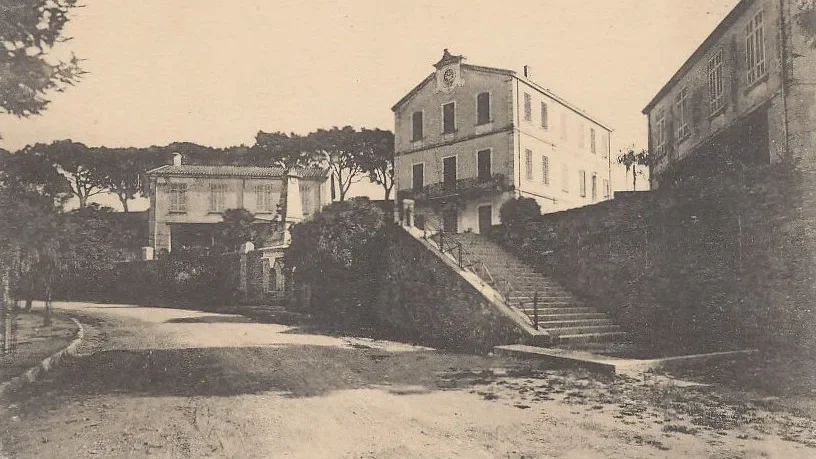
The flour mill
Who is guided by a star, never looks back.
Organized as a seigniory, Bormes was a rural village living almost self-sufficiently, growing early vegetables such as broad beans, cabbage, and chickpeas, and harvesting fruit from trees planted among the vines. A few plots were sown with wheat or barley, with bread occupying a central place on the table of the farming population. The mill on Place St-François, one of the last remaining witnesses to the village’s industrial heritage, will have served for almost two centuries. It has been virtually abandoned since the early 19th century, and the last miller in its service, Mr. Trophime Celeron Reymonencq, is buried in the old cemetery of the St-François chapel, just a few dozen meters away. On March 19, 1913, the last owner, Mme Marie Théophile Michel, sold the property to the commune for 400 francs.
